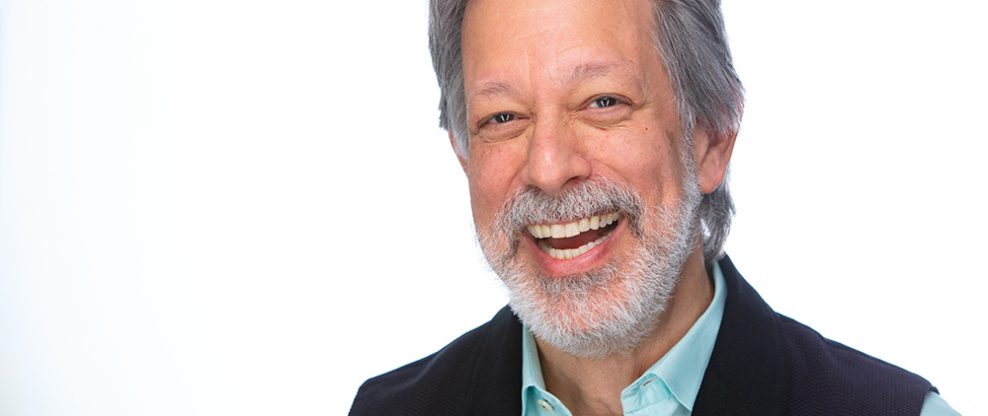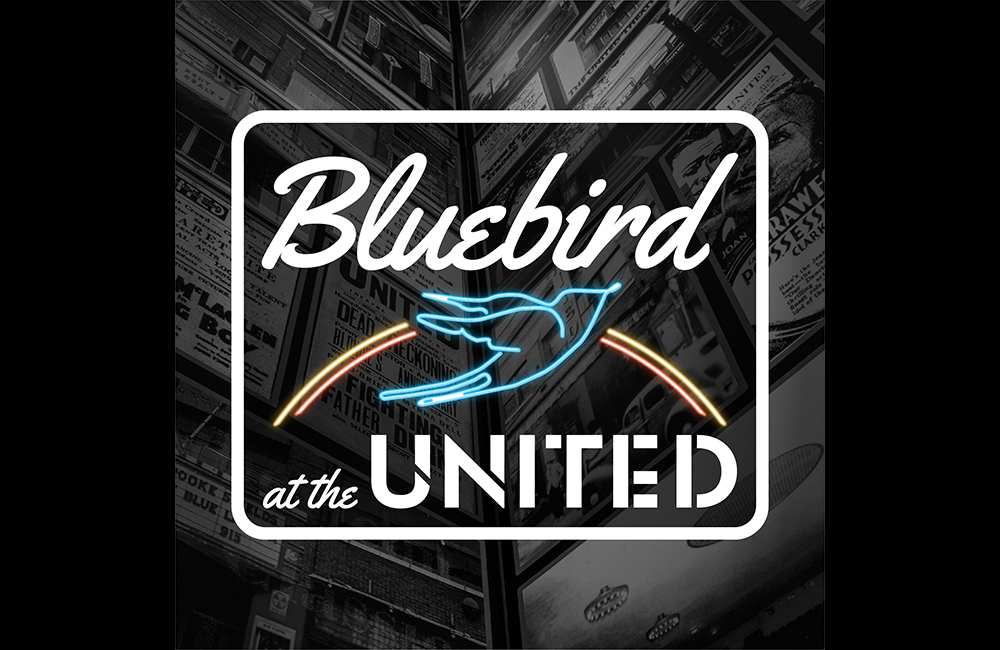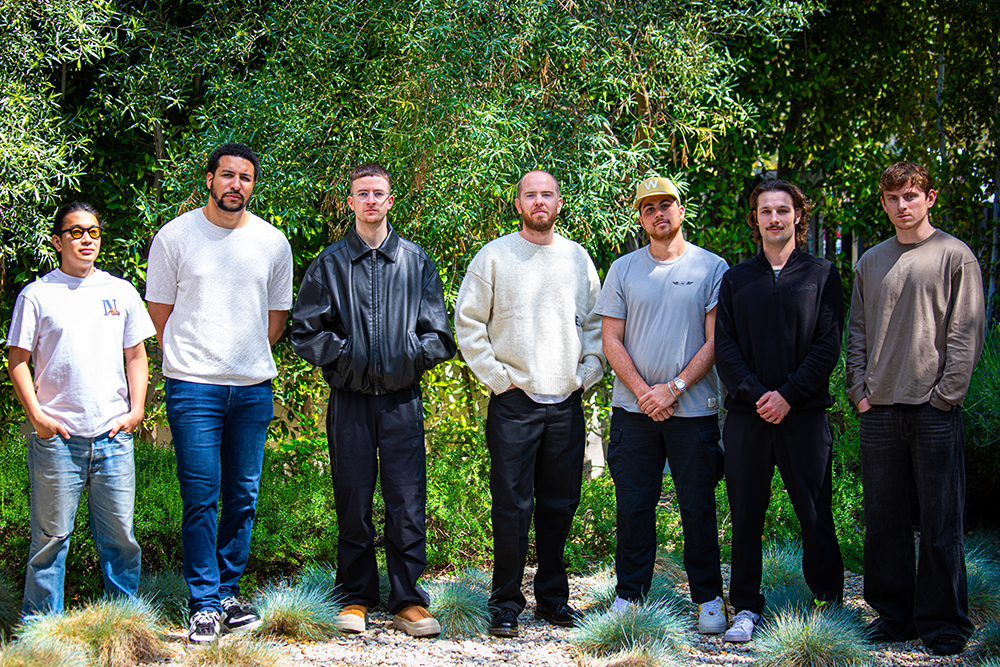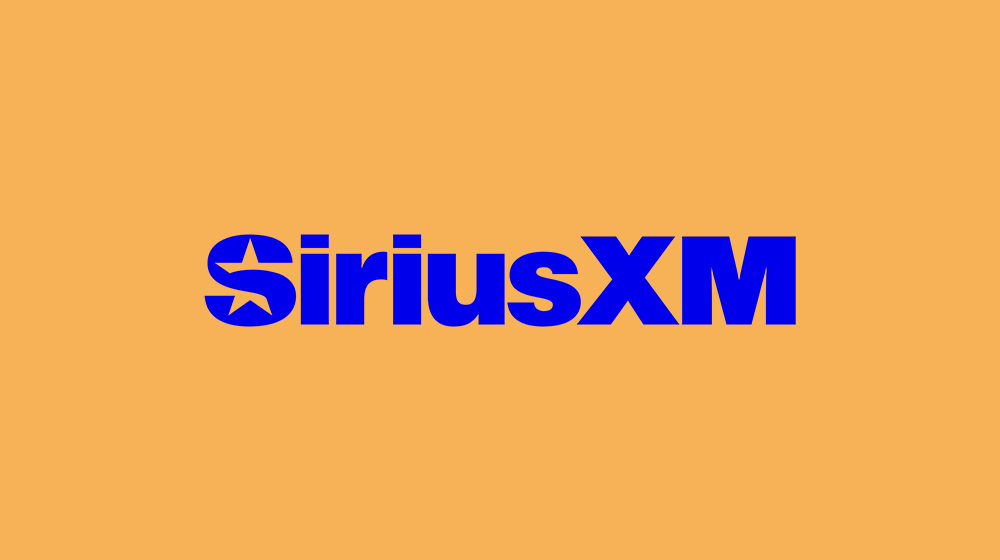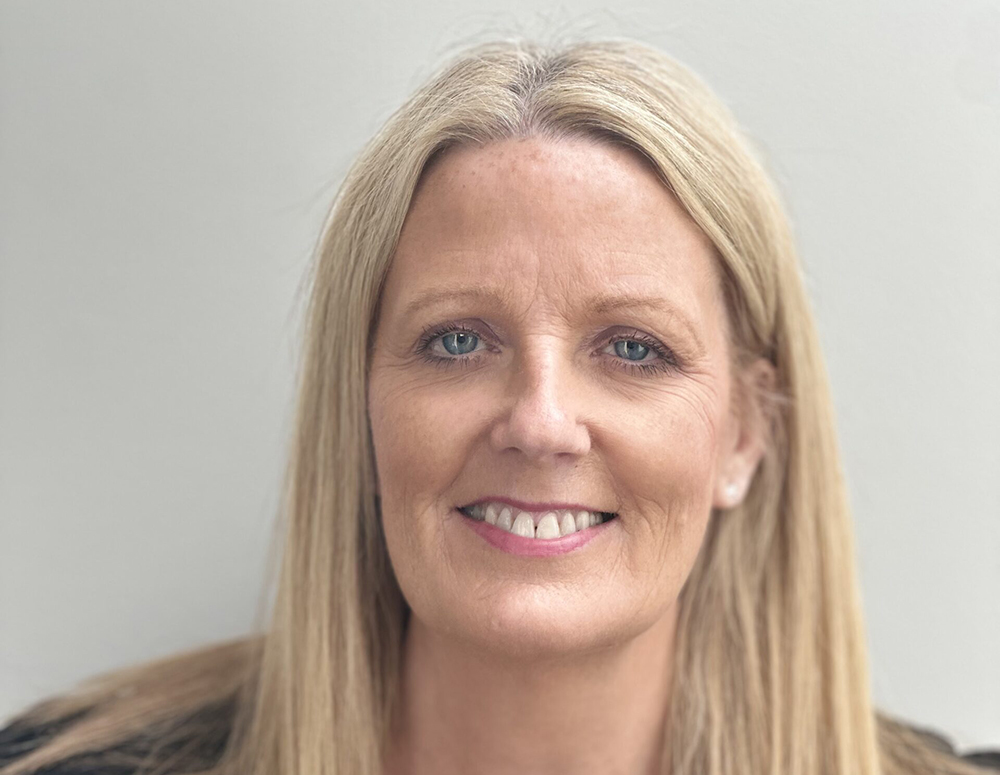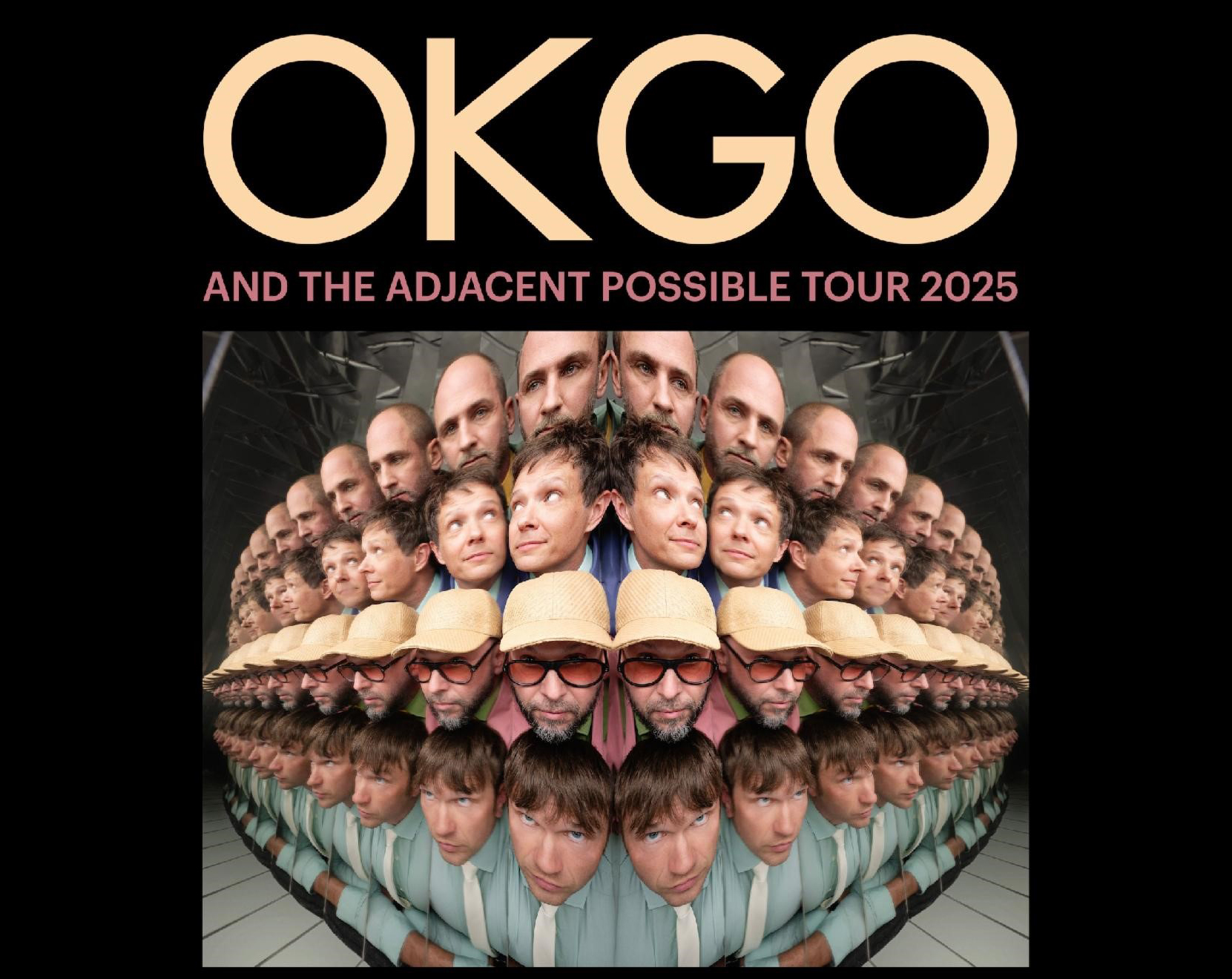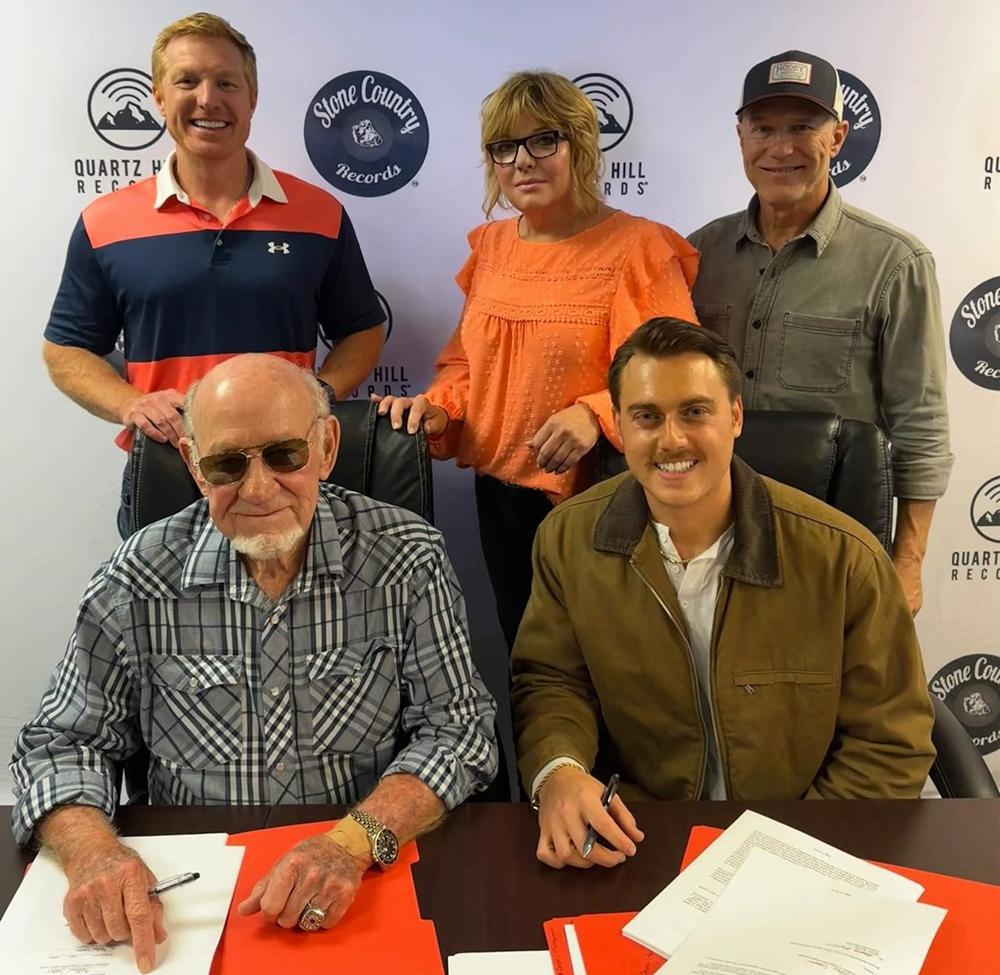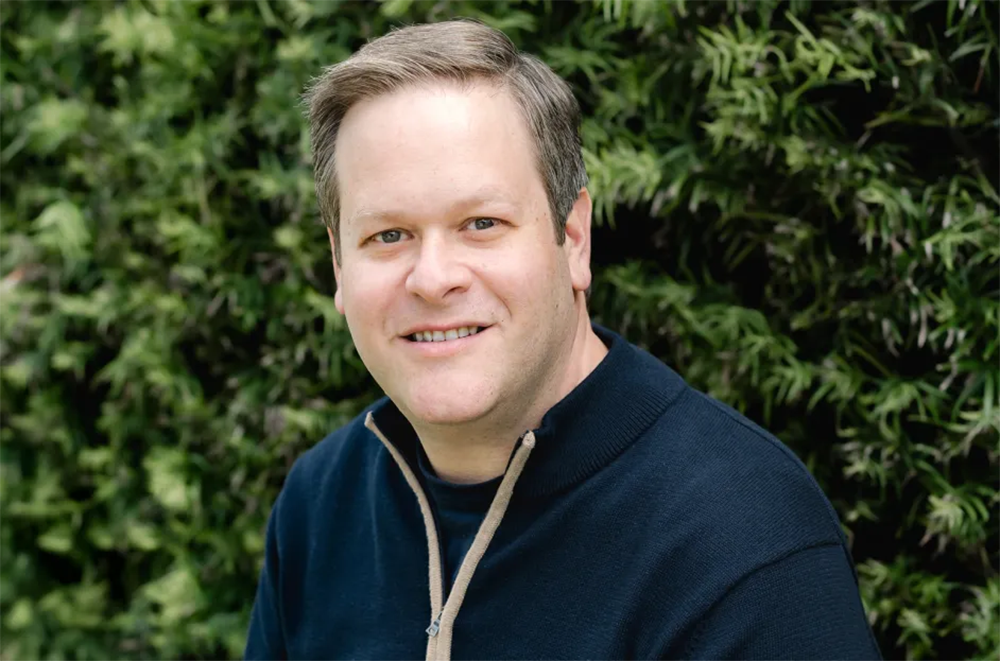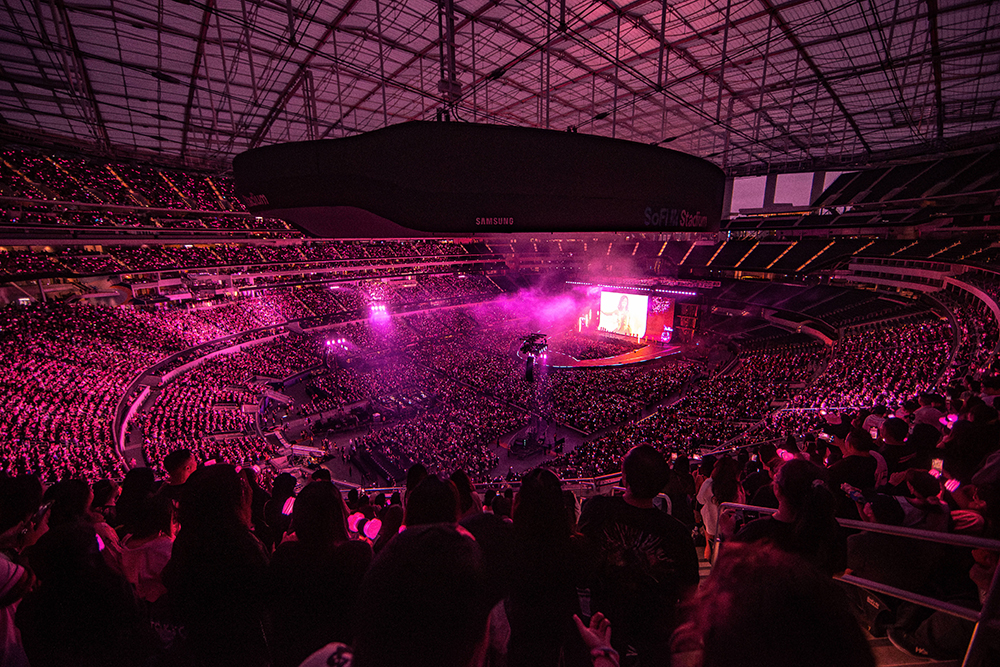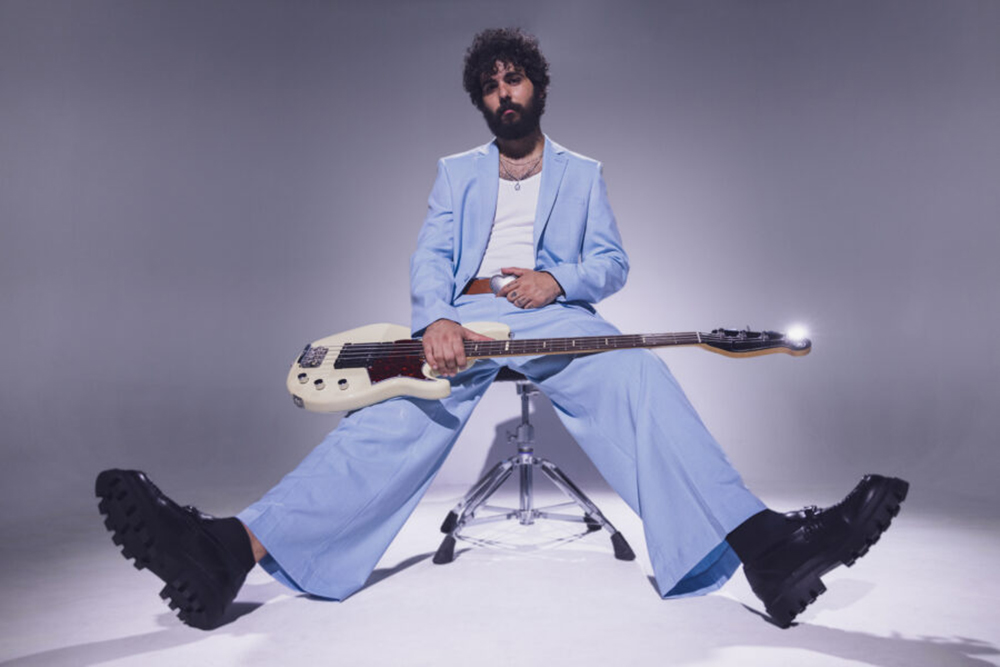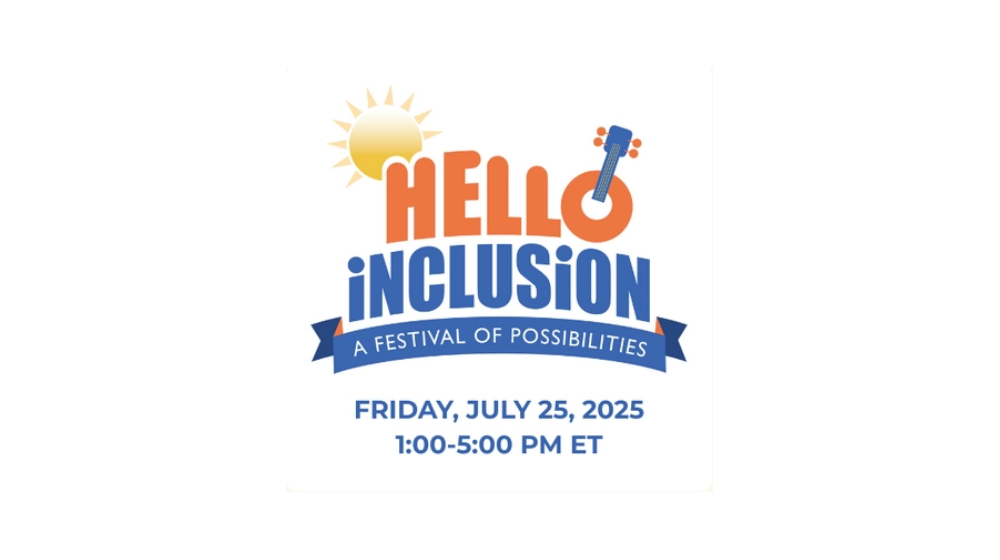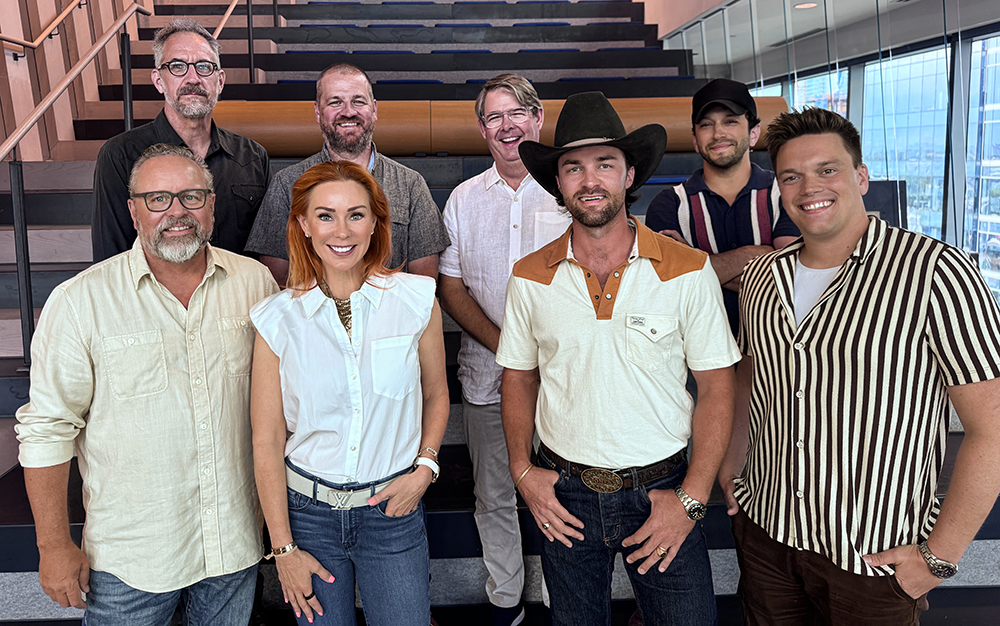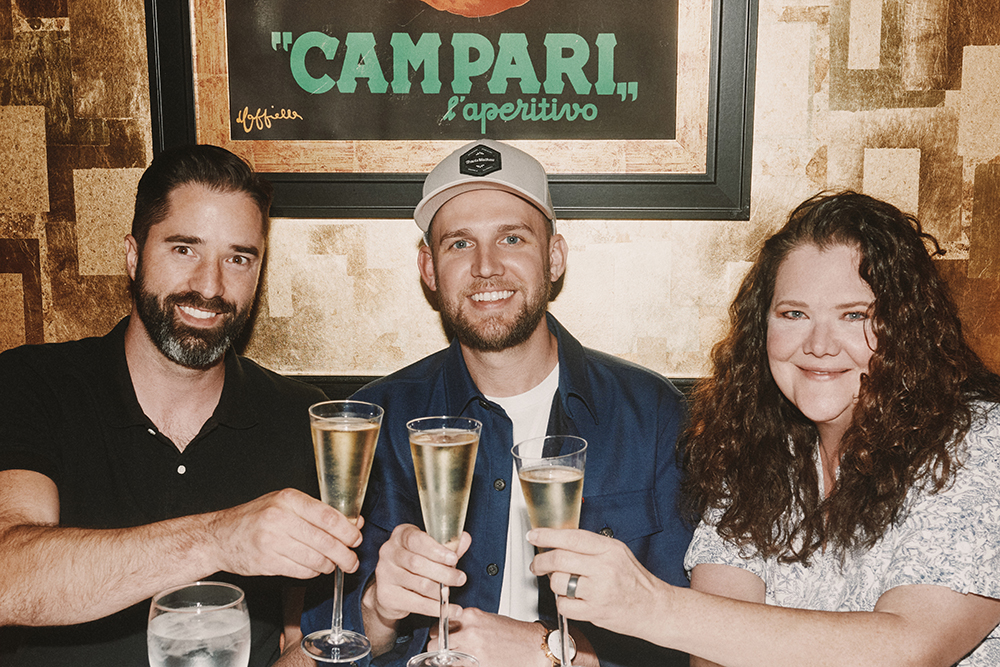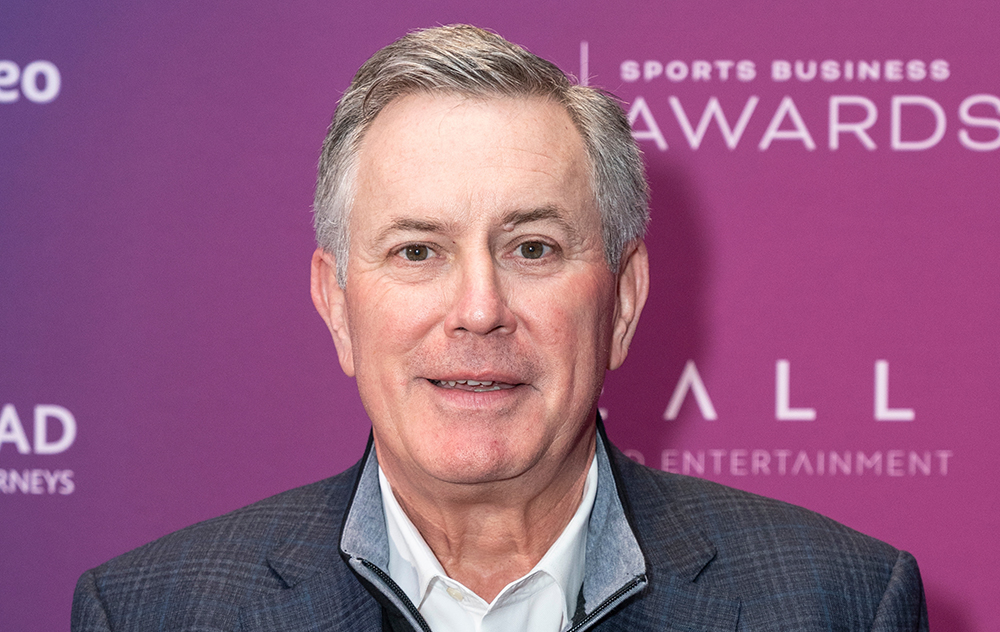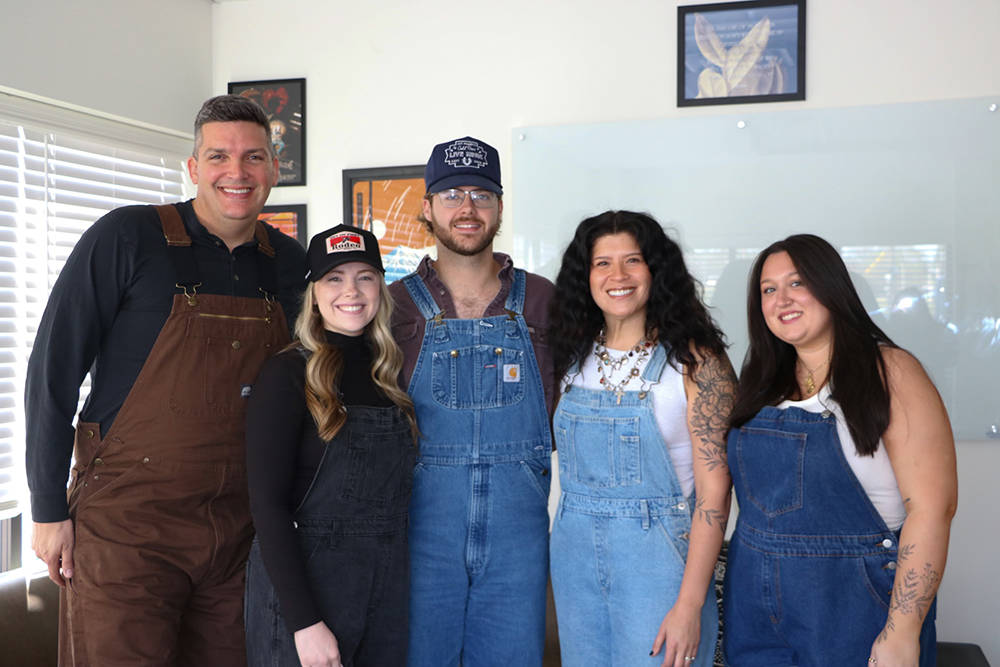In this guest post, Tony D’Amelio takes a look at the rise of virtual events and the speaker industry.
Tony D’Amelio has spent a lifetime acting as an advocate for talent. He started a regional agency in 1969 that booked rock bands throughout New England. He later veered off into the world of speakers – helping lead the Washington Speakers Bureau during his 27 years there. Tony founded D’Amelio Network in 2011, which manages the speaking activities of a small group of elite speakers, like Bob Woodward, Bill Walton, Ron Insana, and Katty Kay.
Lecture Industry Lockdown – Virtual Events are Here to Stay
Something completely unexpected happened as a result of the COVID-19 lockdown. A significant number of companies whose employees could transition to work from home (WFH) found them to be much more productive than working in the office. Almost overnight, the hardest part of any transformation took place: a huge number of people adopted relatively new communication platforms to get work done. Under ordinary circumstances, that seismic change would have taken years (it took over a decade before online shopping became mainstream). But overnight, Zoom and technologies like it became ubiquitous, so much so that many companies, big and small, have announced plans to make WFH a permanent part of their culture after the crisis passes. The impact of this cultural mind-flip will have far-reaching implications – especially for the speaking industry.
About five weeks into the lockdown, the shock of it all seemed to wear off and my company started to hear from groups planning new virtual events. By then, almost all of our in-person events were lost through June. Maybe 2% of those shifted over to virtual, but the rest were either canceled outright or rescheduled for later dates. Companies and organizations recognized this as the long-term situation and therefore the urgent need to communicate with constituents – employees, dealers, customers, members, etc.
Like you, I’ve watched a lot of virtual events in the past two months. Early examples have ranged from OK to horrible. The quality – both technical and the comfort level of the participants – will most certainly improve as everyone does more of this.
I was talking with David Rich last week, a good friend who retired last year as SVP Experience Strategy at George P. Johnson. We discussed the importance of engagement in virtual – keeping attention through chat, polling, breakouts rooms, etc. Then David made a point I hadn’t considered: everyone has a front-row seat at a virtual event, he said, and that the level of intimacy is unmatched. It was an obvious but profound comment to me. Drawing the audience in is done in a completely different way in the virtual environment. Onstage, speakers have to project. In virtual, the speaker’s words and ideas are inches from your eyes and ears – authenticity matters. A whisper can have a thunderous impact.
With that in mind, I firmly believe that conversation is the killer app on virtual. I wrote a blog on this idea called One Big Thing Virtual Events Can Learn from Television News. Conversation is ideal for many reasons. Conversation can turn on a dime when energy is flagging, it can drill deeper, and you can pair unlikely figures together which can surprise and delight the audience. (I once paired Gen. Norm Schwarzkopf and Russell Simmons to talk leadership for a live event – people were blown away!). The conversation format involves a moderator or interviewer and we have had great success taking our talent who are comfortable on the camera – KATTY KAY, BBC News anchor, RON INSANA from CNBC, and GEOFF COLVIN from Fortune in these roles.
Ultimately, conversation is the easiest way to engage a highly distractible audience and take advantage of the intimacy virtual offers. Not many speakers can command undivided attention for 30-40 minutes. To be sure, it depends on who’s on the screen – just like live events. A cultural icon from sports or film might be able to hold attention better than a lesser-known content-based presenter. In both cases, though, the comfort-level of a speaker talking to a camera is a wild-card. I’ve been surprised by people who have faltered in virtual – people who I would have thought had the chops to do it well. As a result, virtual represents a bigger risk for event planners than F2F. Conversation can mitigate that risk in a seamless way.
So, what’s the future look like for the lecture industry? First off, virtual is here to stay because WFH will become so common and the audience has the tools and skills. Of course, in-person will come back and I suspect those get-togethers will be treasured by attendees who value human connection more than ever after this lockdown experience. As virtual proliferates, the quality needs to improve – and it will. Some of that is on the speakers who need to adapt and acquire the skills and technology. In the late 1980s, I spoke at a convention of speakers. One veteran told me “I keep getting asked to provide my graphics on glass-mounted slides,” that’s how long ago this was – that was advanced technology, “but I’m fine using an overhead projector and grease-pencil. Why do I have to change?” Clearly, this situation is different and times have changed, but there will still be speakers (and this applies perhaps more to content-focused speakers than celebrities or cultural icons) who don’t feel the need to change. They want to wait until things get back to “normal.” That’s a dangerous mindset. There is no “normal” and no “new normal” – there is only “now.”
There’s one huge unknowable factor that impacts how soon in-person events return and the future of virtual for the lecture industry: How soon will meeting and convention-goers feel comfortable getting on a plane, staying at a hotel, and attending a 500-person convention meal function? If you build it, they might not necessarily come. The lecture industry and event organizers need to prepare accordingly.

